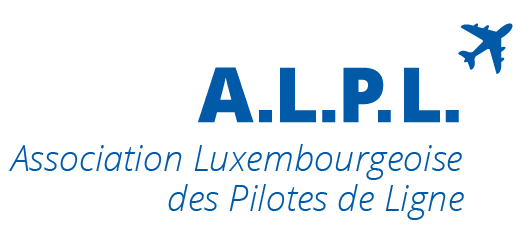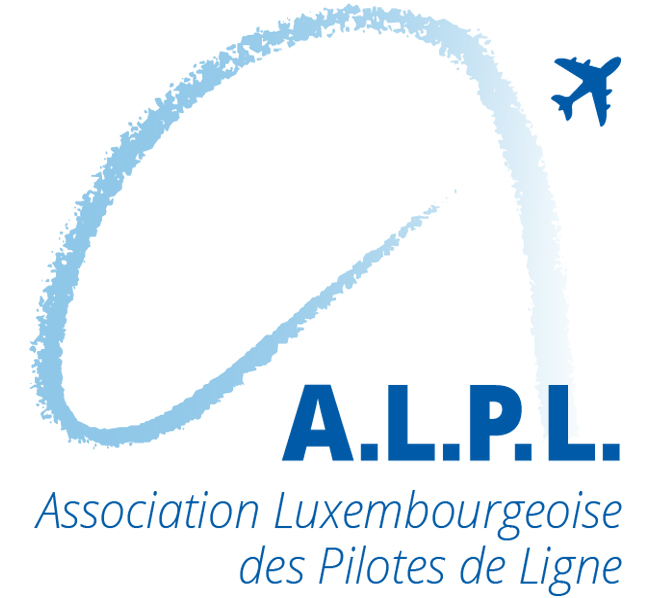Please find below an update regarding:
- CWA Noncompliance
- ALPL Website
- OM-A Delayed Reporting away from home base
- FDP Hotspots
CWA Noncompliance
After the “URGENT Member Update” email from 27 October 2017 we received even more reports from members regarding CWA noncompliance issues with their rosters.
The most widely reported issues are:
- the failure to comply with the roster publication limit of 30 min less of the maximum FDP limit for standard crew in case of new publication of a roster due to a change or an amendment.
- the unilateral decision to schedule a crew member into the CODs without requesting an agreement from the concerned pilot as is clearly stipulated in the CWA.
- the unilateral decision to schedule a crew member into the VAC days
- Business class travel not being booked when business class is available
A shocking discovery is the suspected manipulation of the EASA FTLs:
- the change of reporting times in AIMS to stay within the EASA FTL limits
- the planning of unrealistic turnaround times to artificially shorten the FDPs to remain within the EASA FTL limits
- allowing AIMS to display FDPs outside the EASA FTL limits with the possibility of the affected pilot to confirm this illegal change via the “Acknowledge Changes” button
These reports underpin ours concerns, that due to the failure of hiring enough crews and simultaneously introducing another power by the hour aircraft on the network the situation of an already unstable flight operation got even worse. This is no surprise as Cargolux Luxembourg operation has 23 aircraft, with an average 23 to 25 pilots per aircraft means we would need 529 to 575 pilots. While the current seniority list is at 480!
It appears, that scheduled deviations from the CWA and the supported exceedance of duty and rest time limitations are being used as a “solution” to run an operation above capacity during the busiest period of the year.
Intentional deviations from the CWA made unilaterally by the company represents not only a lack of respect against the pilot community, especially when accompanied by the well-known intimidating statement “if you don´t like the change, contact your chief pilot”, but also a breach of contract.
Whilst the ALPL/LCGB are preparing legal steps against this highly questionable practice, every pilot is tasked to act responsible in his own area when defending his/her legal rights. We therefore urge everybody to inform crew control of any unilateral deviation from the CWA performed by the company and be extremely vigilant accepting roster changes exceeding the FLT limits. A polite email asking that the CWA be respected is the best form of communication and maybe required more than once.
This “planning to the limits and beyond” situation has also increased the fatigue levels of many pilots. Since crew fatigue impacting or potentially impacting their ability to perform safely their flight duties requires a mandatory report (Commission Implementing Regulation (EU) 2015/1018), we urge every pilot to carefully evaluate a roster change situation under these considerations. Any doubt about the safety of a flight affected by fatigue, should be taken into account by requesting a different flight or crew augmentation or increased rest. In any case, a fatigue or pro-active fatigue report must be filed to Aviation Safety Department.
We, the ALPL board, would like to reiterate our call to bring any noncompliance from the CWA and EASA FTLs to our attention under cvboard@alpl.lu.
In case of any doubts, questions or need for help do not hesitate to contact us under the before mentioned email address for guidance. We will do our best to respond as soon as possible.
ALPL Website
We would like to invite and encourage everybody to visit our newly developed ALPL website and login in under “MY ALPL”. Please check your email from secretary@alpl.lu dated 9 August 2017 for access instructions.
Regarding the above-mentioned compliance issues and the self-interest to be planned according CWA, we have created to assist all members the “Know you CWA” series, which can be found under “PUBLICATIONS / Cargolux Board”. Not only that this series is a compressed recap of the “Work and Rest” chapter in the CWA, it provides examples of how to apply the different paragraphs in realistic scenarios.
Further information, especially in connection with the EASA FTL and their developments, can be found under “PUBLICATIONS / Executive Board” and “ECA Cockpit News”.
The “FORUM” represent a useful tool to share information amongst the pilot community, including board members, and to enter an open dialog with other members.
OM-A Delayed Reporting away from home base
After almost one year after the audit finding from the DAC-L that the “Delayed Reporting away from home base” paragraph in the Cargolux OM-A is not in line with the EASA FTLs and the recommendation to amend this paragraph accordingly in the OM-A revision we are still at status quo. Although the recent OM-A revision represents already a second revision in 2017, there was no change to the procedure so far.
Since our disruptive operation can quickly lead to a severe fatigue issue, e.g. when the delay happens during the rest of a concerned crew member without any possibility to amend the sleeping phase anymore, we recommend dealing very cautiously with this situation and consider informing Crew Control, copying in Dispatch, the local station and your fellow crew members with the request to amend the flight or increase the rest. Keep the request short and to the point and informing them that you will be sending a pro-active fatigue report.
We will definitely keep the pressure up on DAC-L to order Cargolux the implementation of an altered “Delayed Reporting away from home base” procedure, but in the meantime, every crew member is required to act responsibly by its own, when safety is in doubt.
We have also been informed that the delayed reporting procedure is also not being adhered to out of Home Base in some instances. Please inform us of these deviations so we can approach the authorities.
FDP Hotspots and EASA Live Data Gathering
With the large number of delays of flights, we see FDP hotspots extend to other flights such as;
- LUX – OVB planned as two pilots for a mid-morning departure, now departing after 1600Z with a FDP greater than 11 hours.
- PVG-OVB-LUX planned augmented three crew, departing during the day with startup slot times of nearly 2:30 and additional taxi times of more than 45 min, meaning the maximum 16 hour FDP would most likely be exceeded.
As a reminder to our previous updates, the hotspots where FDP’s are causing the, most amount of fatigue reports are
- Two sector augmented crew flights near the maximum FDP
- Standard Crew FDPs that operate to and from PANC and
- Standard Crew FDPs that approach the legal FDP limit and/or encroach the WOCL
To guarantee that a sufficient amount of quality data is collected within an operation such as the Cargolux one, we strongly recommend that you participate in the live data gathering. This is a great opportunity to potentially contribute to a change in European legislation affecting Flight and Duty Times.
Please contact the Cargolux FRMS team at frms@cargolux.com, in case you would like to take part in the data collection.






